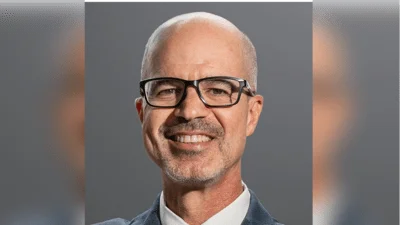The Biden-Harris Administration has announced a significant initiative to address lead contamination in drinking water across the United States. A new rule requires all drinking water systems to identify and replace lead pipes within the next decade. This is part of a broader effort by President Biden to ensure that every community can access clean drinking water.
As part of this initiative, the Environmental Protection Agency (EPA) is releasing $57 million for Washington state through the Bipartisan Infrastructure Law. These funds are earmarked for projects related to lead pipe replacement and inventory. Nearly half of this funding must be allocated as grants or principal forgiveness loans specifically aimed at disadvantaged communities.
Additionally, $35 million in competitive grant funding is available for communities looking to reduce lead in their drinking water. The EPA has also launched a website to help communities identify additional federal funding sources for these projects.
EPA Region 10 Administrator Casey Sixkiller emphasized the importance of removing lead service lines, stating: “We know no amount of lead is safe to consume. And when lead service lines are present, they pose the greatest risk of lead exposure in drinking water.”
Washington State Secretary of Health Umair A. Shah also highlighted the critical nature of this work: “Removing lead service lines in Washington state is essential for all communities to have access to safe drinking water.”
The Lead and Copper Rule Improvements mandate stricter testing protocols and set lower thresholds for action on detecting lead in drinking water. These measures aim to protect people from potential exposure and improve communication about risks associated with lead pipes.
According to EPA estimates, implementing these improvements could have significant health benefits annually, including protecting up to 900,000 infants from low birthweight and preventing Attention-Deficit Hyperactivity Disorder in up to 2,600 children.
This initiative aligns with broader efforts under the Bipartisan Infrastructure Law which allocates $50 billion towards upgrading national drinking water infrastructure over five years, including substantial funds dedicated specifically towards replacing lead service lines.
For more detailed information on these regulations and available resources, individuals can visit the EPA's rule webpage.





